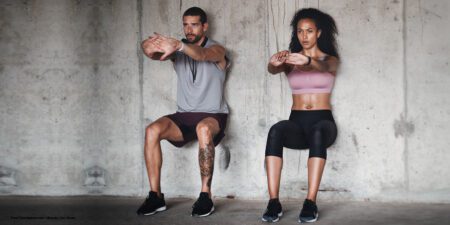A Global Problem – As we consider a return to school, we must start to think of the impact of the backpack. A finite element assessment study showed that a one-pound book in a backpack weighs seven books to the spine. When the student leans forward 20 degrees, then the one-pound book in a backpack exerts 12 books to the spine.
Backpacks are standard load carriers for people of all ages, especially school children and the military. This study describes the effect of forces exerted by specific backpack weights on a model of the spine. It is essential for understanding the load that the spine experiences.
Results (Tab. 1)
People everywhere have struggled to assess the impact of objects in a backpack to the body in general, and the spine in particular. Backpack use is associated with back pain, intervertebral disc compression, neck pain, altered posture, altered walking mechanics and plantar foot pressure.

Recommendation of the literature (Tab. 2)
Previous studies have suggested a safe load of 10 % body weight in children and adolescents, 13 % and 15 % in young adults, and 15 – 20 % in college-aged adults. This study focuses on the force generated to the spine.

Risk
The first affected are the ligaments. When the ligaments are stressed and are inflamed, then there is a loss of side-by-side range of motion and stiffness. The muscles are also stressed and inflamed. Stressing a muscle makes it stronger. However, persistent eccentric loading leads to intractable pain. The disc spaces are also eccentrically loaded, seeing undue stresses. With constant eccentric loading, the process of wear, tear, and degeneration proceeds. Surgery may be needed.
Prevention
One Book = 7 Books to the Spine
When the force magnifiers are identified at 7X in neutral spine, and 12X in 20 degrees of forward posture, people should be careful with their contents in a backpack.
Thinking About Your Packing
Pack only what is necessary. People tend to overpack and bring every possible option available in their backpacks. A person with a hoarding disorder experiences distress at the thought of getting rid of items. Now each item is shown to have consequences to the spine.
Embrace digital textbooks
Digital textbooks are easier to read, access pages and do not transmit forces on the spine.
Embrace Neutral Alignment = Proper Posture
Proper posture is the position of
- “Ears above the shoulder,
- Angel Wings back”, = chest open
This position is the most efficient. This proper posture includes your chin being level with the floor, your scapula retracted, and your abdomen firm. Our study shows that in neutral alignment, which is good posture, the forces on the spine are 7.2X the weight. With just 20 degrees of forward posture = poor posture, the force is magnified to 11.6X the weight. This results in a 60 % increase in forces.
Wear Both straps
The forces on the spine are the same with one strap or two straps. Both straps allow for a division of the forces that the spine sees. Similarly, with one strap, one side sees twice the amount of forces.
Keep the Backpack Closest to the Body
Closest to the body is the most efficient position for diminishing spine forces.
Develop a strong core and legs
The body provides certain inherent muscle shock absorbers. Building the core muscles with planking for example helps to strengthen the body’s force dampeners. Strong thigh muscles help.
New Technology Diminishes Spine Forces Seen in Backpacks
Patented technologies (US Patent 9,700,080 B1) address the postural, ergonomic reinforcement of backpacks to diminish the forces seen by the spine with 40 – 70 % efficiency.
Autoren
is a spinal and orthopedic surgeon specializing in cervical, thoracic and lumbar procedures for example laminectomies and spinal fusions. He believes in tailoring the operation to the patient using the latest spine technologies. Dr. Ken is a spinal surgeon at Nuvance Health based at The Vassar Brothers Medical Center in the Hudson Valley, NY, USA and has extensive experience with national outlets such as CNN, HLN, CBS, FOX, NBC, ABC, NPR and has been featured globally.




